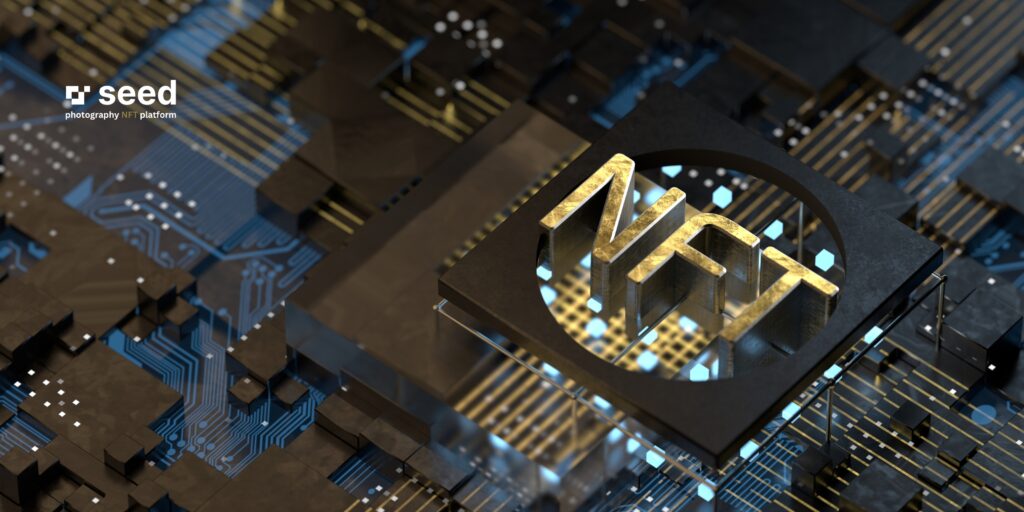Seed.photo Rebrands in CMC as Seed NFT Marketplace for Enhanced Clarity and Brand Recognition
Seed.photo has officially rebranded to Seed NFT Marketplace to enhance clarity and recognition in the fast-growing NFT space. This change addresses confusion with other “Seed” token names and reflects the platform’s expanded offerings. In addition to its proprietary Seed token, the marketplace includes products like Awards.Photos, CashClick, and NFT galleries such as Lens Legacy and Pixel Horizon. Co-founder Alex Atashkar emphasized that this rebranding will help the platform stand out and strengthen its position as a leading platform in the NFT photography sector.









